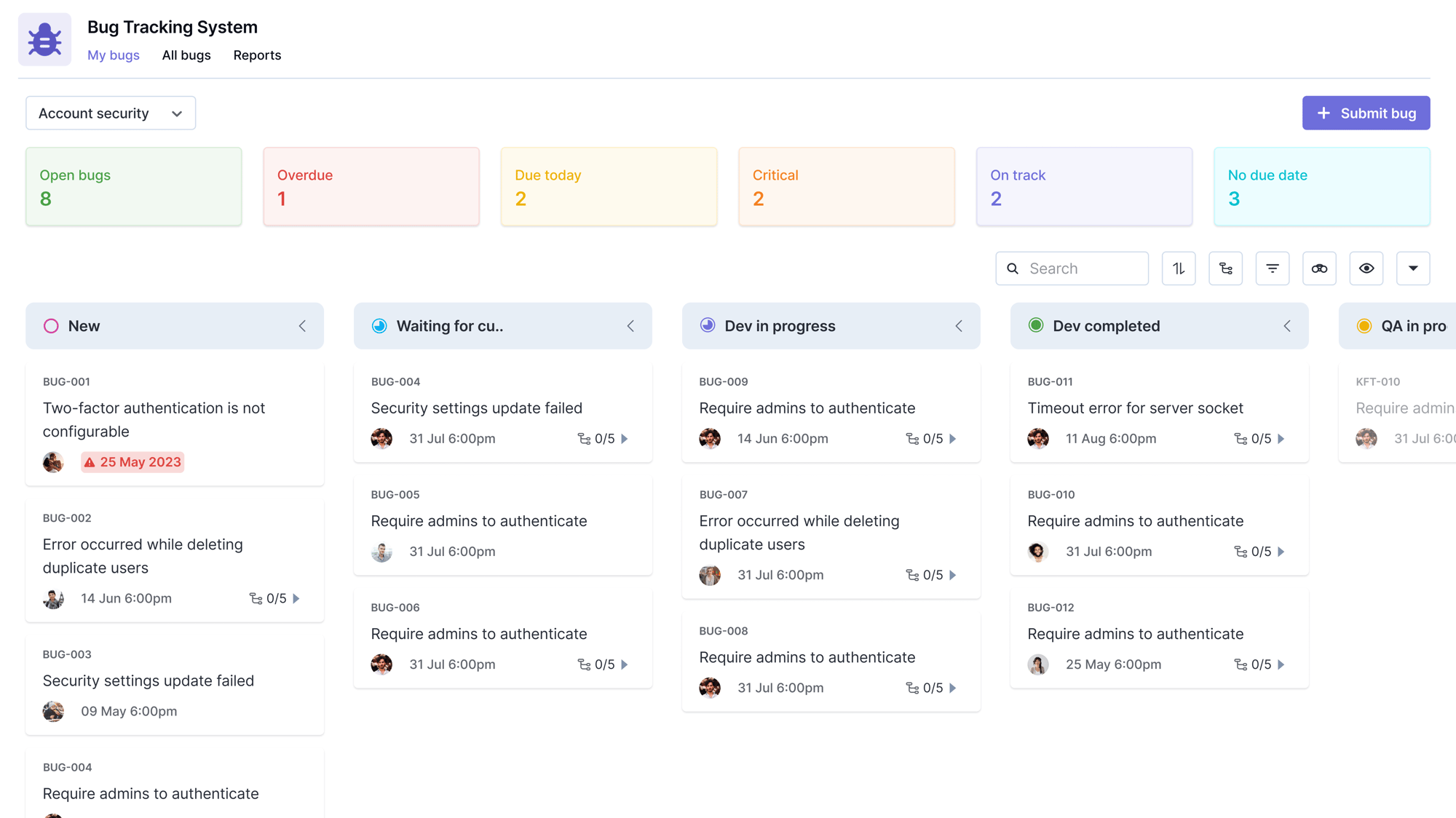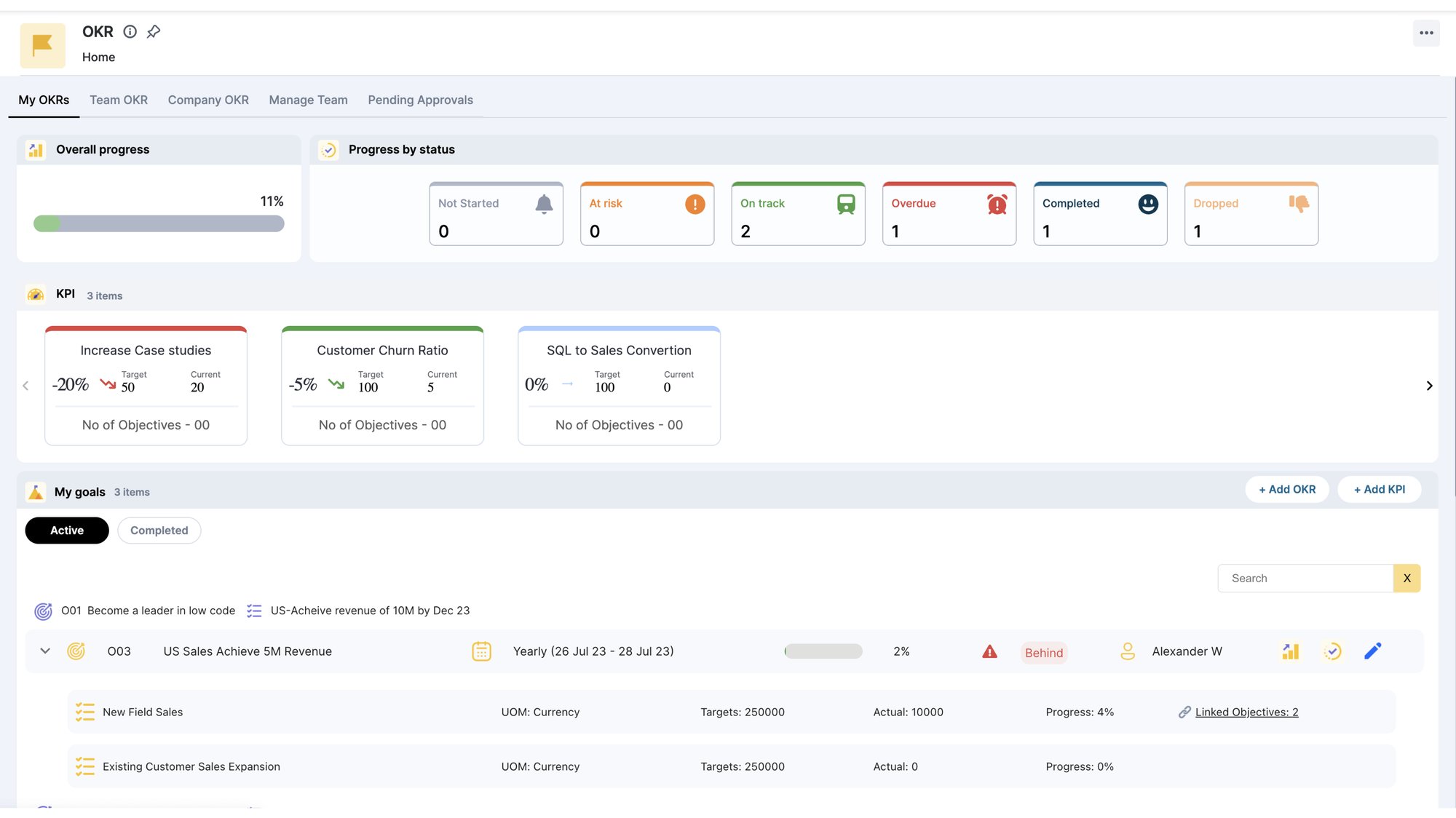What is Collaboration?
Collaboration Meaning – The best way to define collaboration would be to outline it as the process of two or more people or organizations working together to complete a task or achieve a goal. It is also defined as two or more people working together to achieve shared goals.
Consider the creation of a content marketing strategy. It requires multiple teams to provide input, make requests, or share information. They typically include the content team (team lead, writers, editors), SEO experts, marketing team, product managers, and customer-facing teams. Collaboration allows all these diverse skill sets and knowledge reserves to be harnessed together to set a comprehensive content strategy that is designed to achieve business goals.

What are the different types of collaboration?
When it comes to organizational collaboration, it is easy to get confused between the kinds and types of collaboration that make up the phenomenon. However, with a basic understanding of the types of collaboration, your organization can better define the shortest path to a digital transformation. The basis of effective collaboration is the existence of a set of digital tools and an agile organizational culture that enables effective teamwork. With both these things in place, you are already well primed to set out to redefine the types of collaboration within your organization.
Here are the different types of collaboration within an organization.
1. Team collaboration
As the quintessential form of collaboration, team collaboration has been around for the longest time. It involves collaboration within a team where everyone knows everybody else, their skill sets and their contribution to work at large. A team leader usually leads the team towards effective collaboration and leads the charge to keep the equilibrium within the team. Sometimes, the team streamlines the team collaboration using a post-collaboration analytics dashboard. Deadlines are set and achievements are equally recognized. Within the realm of team collaboration, we have the integration of the best android mdm.
2. Contextual collaboration
When it comes to a digital workplace, adapting your collaboration culture to a digital platform is essential. Contextual collaboration happens when you bring all of your digital tools together on one single digital workplace platform so your entire team can access all the files and data they need without having to switch between apps or tools when they need to collaborate. This puts work in context and delivers higher team efficiency and productivity.
3. Cross-functional collaboration
Cross-functional collaboration happens when teams from various departments or verticals come together to accomplish a common goal for the entire organization. This happens more often than you might believe and organizations that get this right often rank many notches higher when it comes to innovation and execution of ideas that change entire industries. A digital workplace enhances the potential of cross-functional collaboration by offering all avenues required to make it work.
4. Community collaboration
As the title highlights, community collaboration is all about fostering a sense of community in shared work within teams. It is centered around learning and sharing knowledge within teams as opposed to carrying out tasks or completing work in team collaboration. The whole idea of community collaboration is to remove silos and hierarchy while encouraging knowledge sharing within teams and creating an intuitive workflow management system. Its usefulness lies in the fact that senior members of a team can freely share knowledge they have accumulated with individual team members or a group and that the information they hold is easily accessible. Community collaboration turns teams into knowledge banks instead of siloed subject experts working individually.
5. Social collaboration
When team members can reach any other team member or a group of team members on a real-time basis on a platform designed to accommodate such features, you have achieved social collaboration. It is a form of collaboration where teams can rely on reaching consensus quickly on any problem and finding a solution using the team’s collective expertise instead of depending on their own limited skillset. Over time, this will prove to be one of an organization’s greatest strengths. If you have a digital workplace platform where your employees can crowdsource answers and solutions, you have winning teams that can solve problems even while you’re asleep.
6. Cloud collaboration
With the technology of our times, we might just have stumbled onto the greatest collaboration paradigm of them all. The age of cloud collaboration. With a digital workplace and cloud collaboration, your teams can upload, access, work on and deliver their work entirely on a cloud based digital workplace platform. All stakeholders can be added to a document as it exists live on the cloud. Collaboration takes on a whole new meaning here as individual team members can contribute to work without having to be physically present in the office. A cloud based collaboration software[1] is a must have for any business that wants to succeed in the current landscape.
7. Virtual Collaboration
With the advent of digital workplace technology, virtual collaboration has become a buzzword that resonates around the world. Virtual meetings are no longer the forte of distributed teams. They have become mainstream. The key to success in such an environment is to invest in a digital workplace platform that can bring your business all the benefits of virtual meetings and the convenience of a platform that also allows you to access work resources within it. There are very few tools available that let you do all of this and much more. The key is to focus on what your organization needs and then going out and finding it.

Wondering if your start-up needs a Digital Workplace?
Building a world-class company and business is not easy, but here’s is one platform strategy which can actually help you do so.
What are the 3 important skills for collaboration?
1. Accurate transfer of information
In an age of digital workplaces, one needs to be highly successful at transfer of information. It’s impossible to take for granted that your colleagues know what you intended to convey. It is essential to develop methods of communication that ensure critical information is not misconstrued or dropped off entirely. Building a skillset that lets you transfer information with minimal loss is key to succeeding at collaboration.
2. A mindset for collaboration
It has long been a popular adage with digital work that collaboration cannot be taught. Good collaboration needs to be built as an ecosystem, and it’s important to realise that you’re a key part of that transformation. Collaboration requires a certain kind of open mindset that is more about the team than it is about you. It is important to approach everything with an open mind and discuss possibilities instead of challenges.
3. Learn to interact with technology
The work landscapes of the future will be rife with constantly changing and evolving technology. In such a scenario, it is important to understand how those technologies work, learn how to use them to drive collaboration. It’s not just enough to know what tools you need and gain a basic understanding of them. It is important that you master these technologies and their interfaces.
The benefits of collaboration
Effective collaboration brings many benefits to organizations that seek to succeed in an evolving environment. At the outset, a good collaborative work culture puts you at the head of the pack when it comes to competitiveness. An organization where employees collaborate effectively is already miles ahead of the competition. So what else does effective collaboration bring to your organization.
Benefits of effective collaboration in an organization.
- Unfettered innovation
- Collective knowledge
- Enhanced teamwork
- Maximum redundancy
- Minimal oversight
- Maximum performance
- Effective analytics
- Accessible data
- Efficient processes
- Overall happiness
Why is collaboration important to business success?
In the age of digital workplaces, globally distributed teams and remote work, new methods of collaboration take on a whole new meaning when it comes to business success. Legacy tools and good old conference rooms have given way to information superhighways, integrated tools, powerful data analytics and virtual meetings. In such an atmosphere, businesses that still rely on traditional methods of collaboration will find themselves quickly outgunned and outdated against their competition.
Your organization might have great collaboration already in place. However, the fundamentals are changing as quickly as we can adapt to them and there is a real need to align teams to collaborate better in the age of digital work. Collaboration at its best improves overall productivity, performance and creativity in the organization by channelling disparate skillsets into well aligned teams that work efficiently together towards common goals. Effective collaboration increases employee satisfaction, higher success rates, better team performance and overall business success.
Importance of Collaboration in an Organization
The most important thing effective collaboration can achieve within an organization is making employees happier, reducing stress by making work easier, making way for better work relationships and reducing overall stress.
It is important to remember that traditional levels of collaboration that you think you might have achieved have already become outdated in the new normal. The organizations that will succeed in this decade will be the ones who have managed to successfully fuse a digital culture with an agile workplace to best derive the benefits of new-age collaboration.
Off-the-bat, better and more effective collaboration gives an organization a huge advantage when it comes to brainstorming, value creation and equal opportunity. If you think of an organization as an automobile, collaboration becomes the undefined force that makes it all work together like clockwork. You can increase efficiency, enhance job satisfaction and employee retention by placing a high level of importance on collaboration.
A few things you need to remember about collaboration within an organization in the era of digital transformations.
- Your employees are telling you about what works. Listen intently
- Reward teamwork over individual achievements
- Obtain a powerful collaboration platform like a digital workplace tool to measure metrics and analyze performance data
- Digital collaboration is tricky. The key is to persist and fix flaws on the go
- Tools are evolving and it is important to continue adapting to trends
- A culture of collaboration begins with leadership
- Collaboration creates happiness, success is merely the result
- Technology is important, but the strategy is essential to collaboration success
- Collaboration inspires responsibility, ensures employee freedom
- Micromanagement is counterproductive to collaboration
How does collaboration improve work?
It’s pretty common for businesses to think that the only benefit of collaboration is better coordination between employees. While that’s one of the advantages, it certainly isn’t the only one.
Think of the effects of collaboration from three different perspectives – operations, employees, and customers.
1. Operations
- When done right, collaboration speeds up processes.
- When people, resources, and processes work in tandem, it results in greater efficiency in the business.
- Collaborative operations also facilitate increased transparency.
2. Employees
- Collaboration gives employees a sense of purpose, which boosts their satisfaction levels at work.
- It enables the pooling of varied skillsets and data for better outcomes.
- A culture of collaboration helps keep remote workers and freelancers invested in organizational goals.
- Collaboration necessitates cutting through departmental silos. This encourages big picture perspective.
3. Customers
A truly connected workplace makes for happier, more motivated employees who increase organizational productivity and efficiency. When everything within the organization functions like clockwork, you can focus on your customers and ensure that their expectations are exceeded every time.
So how can a business collaborate better? More meetings? Heavens, no!
What is successful collaboration?
Successful collaboration is when teams comprising people with diverse backgrounds, strengths and skills work together to deliver work with high productivity, efficiency and speed. In simpler words, it is the phenomenon of a team working closely together to deliver successful results at work. There are many ways to achieve successful collaboration, however, often, the most important ingredients are flexibility, agility, resourcefulness, skilled teams and a culture that is geared for growth.
Kissflow Digital Workplace – powering effective collaboration
Kissflow Digital Workplace is a potent choice for collaboration software. It’s designed with ease of use in mind and makes high-quality collaboration an absolute breeze. It facilitates file sharing and content creation of varied formats. Confidential information can be protected using secret channels.
Communication can be more layered with nested comments. You can conduct surveys and make announcements effortlessly. Kissflow also has a powerful search feature that can help users find the necessary information in an instant. Kissflow makes for a happier, more connected, driven workforce. With better collaboration, you’ll see productivity soar.
Learn More About Kissflow’s Low-Code Platform and its benefits
Your search for Digital workplace has landed you here. Wondering why?
As a user, you'll experience the full value of Kissflow by implementing it across departments for diverse use cases rather than just addressing isolated needs like a project management tool for a single team or department.
Application Development Platform
Digital Transformation Platform
Business Users, Business Owners, and Business Managers need flexible tools to streamline operations. Kissflow’s no-code capabilities empower teams to automate tasks with ease see how business leaders use kissflow.

.png?width=2000&name=admin%20dashboard%20(2).png)










